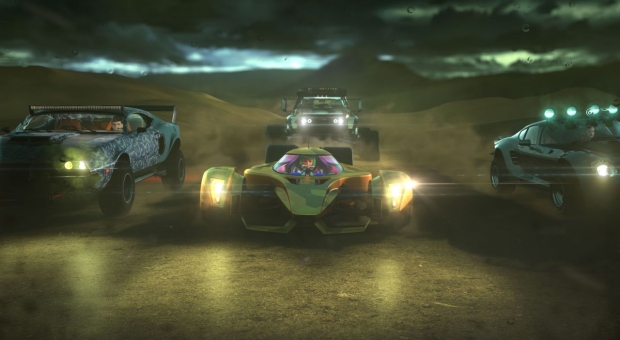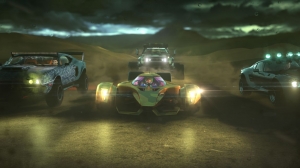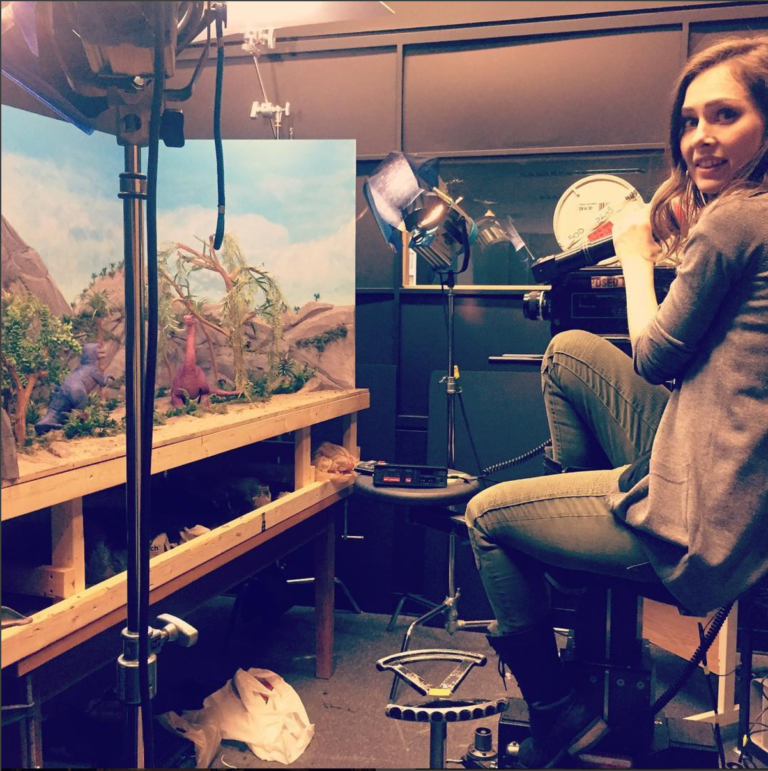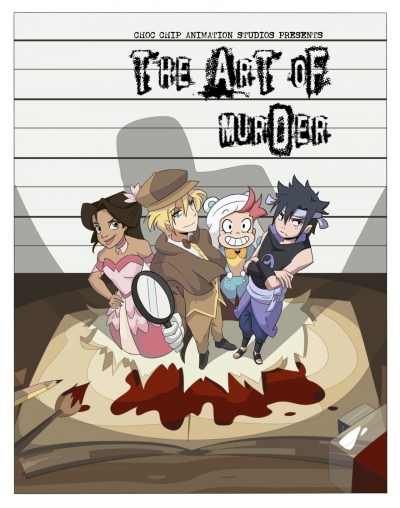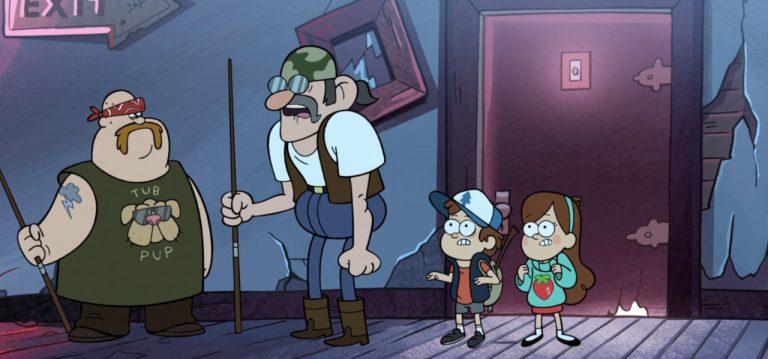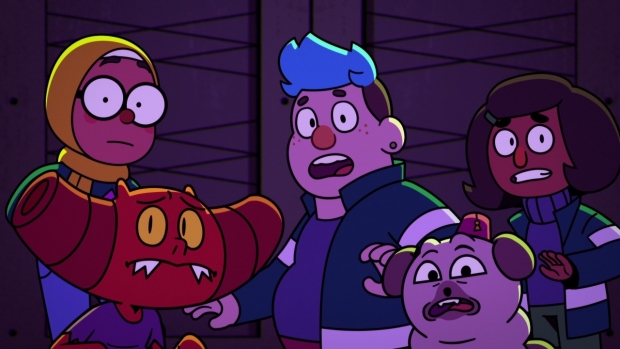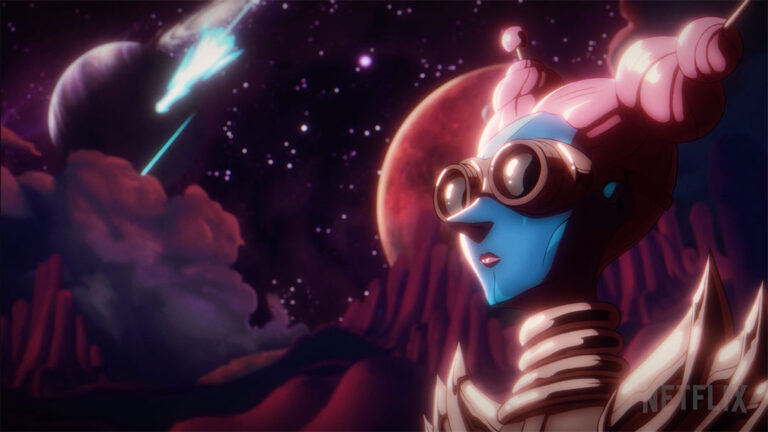“One thing that really excites me about this field is using effects tools in unconventional ways and in different areas of the pipeline,” says Browne. “We had an entire season take place in the Sahara and we received lots of great ideas and descriptions from the showrunners of what they wanted. I then had the pleasure of working with fantastic art director Christine Bian, where we would pull reference materials, and sketch out concepts and color scripts with artists from her design team. A mandate was always to make the explosions bigger, crank up the excitement beyond what was thought possible, and push the look and mood as far and as cinematic as we can.”
More meticulous work and TLC was also needed for the show’s various desert environments: cliffsides, crevasses, giant dunes, and the occasional oasis. “Since the characters are always racing around in cars, the environments not only had to be unique to keep up the level of excitement, but they also needed to be large enough in scale to be seen from aerial flyovers yet retain enough detail to be shot right at ground level,” Browne reveals. “By utilizing the effects tools, I was able to procedurally generate over a half dozen of these environments and create sliders that added detail to generate surfaces as well as the geometry in the landscapes.”
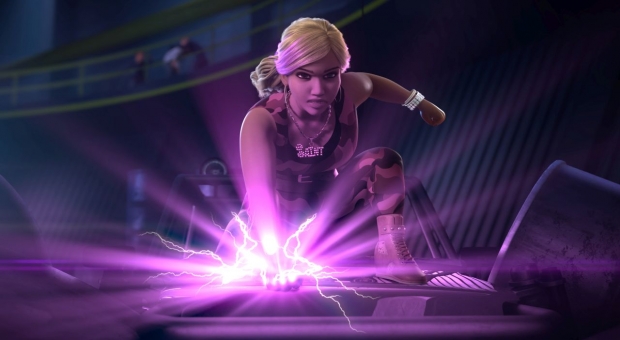
In the third and latest installment, the spy racers go undercover to locate one of their fellow street racers who has gone missing in the Sahara Desert. The “out-of-control fire tornado” makes an appearance in the season’s final episode, “Sirocco Fire Explosion,” which recently received an Annie Award nomination for Best FX for TV/Media.
But, he says, each episode also came with its own, new set of obstacles. “For instance, Sirocco Fire Explosion had far too many shots to be handled entirely by the effects team,” Browne recalls. “So, our other effects lead, Russell Richardson, built a rig for the tornado that could be controlled and animated by the animators. It was also able to be lit and rendered by the lighting team. This was crucial for the many shots where the tornado was smaller in frame. This freed up the effects team to work on the more epic, and custom fire tornado shots. That way they could put the time and TLC where it was needed most.”
Victoria Davis is a full-time, freelance journalist and part-time Otaku with an affinity for all things anime. She’s reported on numerous stories from activist news to entertainment. Find more about her work at victoriadavisdepiction.com.
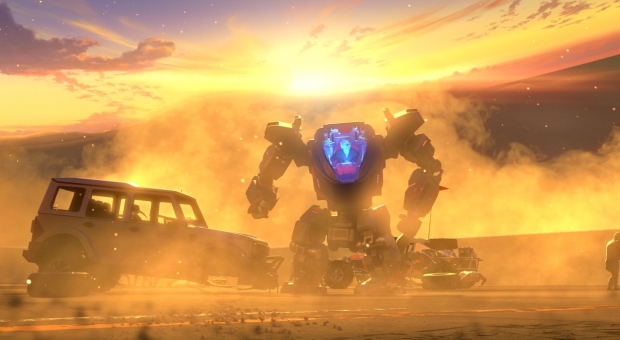
Still, Spy Racers’ mandate to put the pedal to the metal with an emphasis on bangs and booms isn’t about getting the FX work noticed. For Browne, everything the team does is to serve the narrative. “I think it would be hard to overlook the visual effects on our show just due to their sheer quantity and massive scale,” he says, “But, if they do go unnoticed because viewers are so wrapped up in the story and characters, I consider that a win too. What sets our show apart is the writing and direction from our showrunners [Tim Hedrick and Bret Haaland]. Everything we do is to help support the story and bring their vision to life. As long as the fans are enjoying what they are watching I’m happy.”
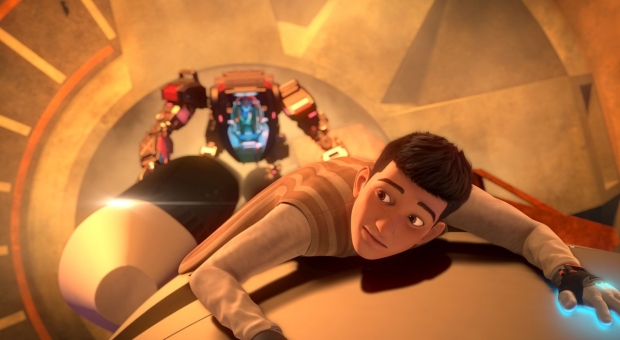
Streaming on Netflix, the DreamWorks Animation and Universal Studios Animation series, now in its third season, follows the high-horse-powered adventures of sports car junkie Tony Toretto – cousin of famous Fast & Furious movie franchise street racer Dominic Toretto – and his friends, who have been recruited as spies for the government. The newest season, Fast & Furious: Spy Racers Mexico, rolls out Friday, April 16.
Smoking wheels, burning rubber, whipping around tight curves… street racing’s classic visual effects toolbox is just the tip of the FX iceberg in DreamWorks Animation’s Fast & Furious: Spy Racers.
“When I see effects work done on other shows, I usually assess the level of realism,” Browne reveals. “A show can be stylized, but it is still important to keep things realistic in many ways when it comes to believability. Even if the effects are stylized to fit a show, they should still adhere to proper physics, scale, and detail to suit that world. That way you can feel a real relationship between cause and effect, action and reaction.”
According to Browne, finding a balance between makings scenes breathtaking as well as believable was one of the “very challenging but extremely fun and rewarding” parts of working on Spy Racers. The show’s effects work was predominantly done in Houdini, Maya, Phoenix, Nuke, and Python Coding. Within these software systems and scripting languages, the team was able to build a large variety of custom proprietary tools, assets, and rigs for use on the show.
He adds, “Without that level of believability, it is hard to get wrapped up in any real stakes because it is unclear how things happen.”
“One of the episodes took place in the middle of a massive snowstorm and the blizzard had to look top-notch, with raging snow, wind, fog and atmosphere that had to look and feel real,” Browne explains. “One of our effects leads, Brandon Webb, built an asset that allowed the lighting artists to simply turn it on and adjust a few controls in their sequences and it was ready. The end result worked out great.”
“There are a ton of effects in this show,” says CG supervisor Chris Browne, who oversaw all visual effects, lighting, and compositing for the series. “Every sequence is absolutely loaded with them. For instance, one sequence had an evil dude in a giant mech suit smashing up a rocket launch tower, while the rocket was taking off. And, in that same episode, a massive fire tornado is ripping through the landscape destroying everything in its path.”
Aside from a fire tornado, the final episode also features camels charging through explosions, crowd fights using pipes as words, mecha brawls on flying rockets, electronic laser blasts, and street racing against storms. There are hefty amounts of FX eye-candy, but in addition to hitting the accelerator on action sequences, Browne says there was just as much emphasis put on the importance of making sure the truly awesome effects – by DreamWorks Animation and Technicolor – and epic environments stayed as realistic as possible.

